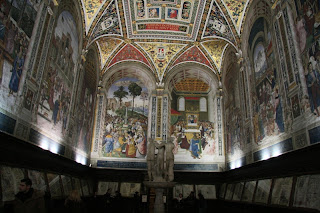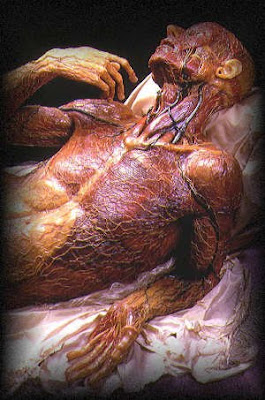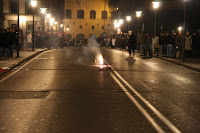 Villa Medicea di Poggio a Caiano
Villa Medicea di Poggio a Caiano or the garden of Lorenzo the Magnificent was today’s destination. This Medici villa is located about 30 minutes (by bus) from Florence (main train station). Take the
Cooperativa Autotrasporti Pratese (the CAP autolinee); they are blue buses. It costs about 2 Euro one way. Pick the bus up at Largo Fratelli Alinari, 9 which is what Via Nazionale becomes close to the station. Watch the clock or signs or ask the bus driver which stop to exit the bus. There is a stop right in front of the Villa. Beware, on the way back, the correct bus stop is not simply across the street since it's a one way in front of the Villa. Walk back down the hill until you get to a two way street and take the other one way to find the bus stop. I think it is called Via Ardengo Soffici. Look for the blue bus stop signs.
So the Villa, come era? The gardens (being winter) were not overly interesting. Overall, I think
Petraia or Castello would be nicer garden experiences at all times of the year. But, in this Villa, you can go inside and see the ground and first floors every hour on the half hour. It’s not really a guided tour, though you can ask questions. Afterwards, we lucked out because a couple in our tour (really it was only us four) had made a reservation for
il Museo della Natura Morta (still life paintings) which is on the 2nd and top floor. (Not sure if this is the case always but call ahead if you want to see this exhibit.) Their reservation was good enough for us to tag along. You get an hour to see the exhibit. There are pretty good descriptions in English and Italian. Oh, and the museum doesn't charge admission.


The still life paintings are amazing to see and according to the Comune di Poggio a Caiano, the only
museum of its kind in Italy and Europe. The Medicis collected an incredible number of still life paintings. A group that really stuck out for us were a set of paintings by
Bartolomeo Bimbi (1648 – 1723) in room 12 “Citromania medicea” and room 13 “il Casino della Topaia”. In these paintings there is a great intersection of art of still life and science (kind of a geek out moment for us). In one painting in room 12, several dozen varieties of citrus are presented with tags leading to a legend in the bottom of the painting – 'a citrus mania.' In another painting in room 13, dozens and dozens of pear varieties (grown on the Medici estates) are shown again with a key identifying them. Because of their accuracy, and the fact that many of the varieties depicted no longer exist, the paintings were and still are leveraged by botonists. The Home Citrus Growers (out of the UK) has a page on the
Medici Citrus Collection.
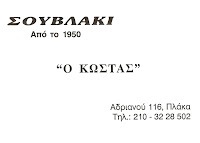

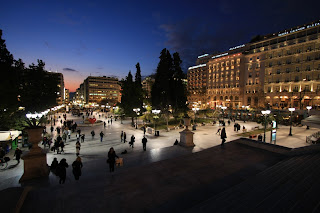


















.JPG)
.JPG)
.JPG)
.JPG)

















